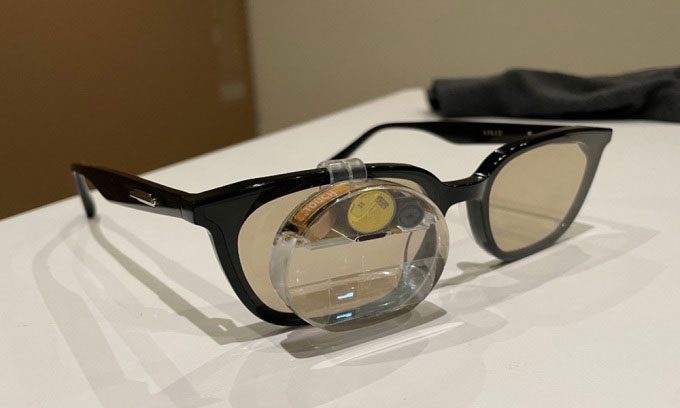A group of students at Stanford University has developed Rizz GPT glasses that can listen to the conversation of the wearer and suggest responses.
Student Bryan Hau-Ping Chiang at Stanford University explains how the prototype Rizz GPT glasses equipped with artificial intelligence (AI) work in a video shared on social media. This was reported by Interesting Engineering on April 20.
In the video, two other members of the research team, Varun Shenoy and Alix Cui, test the glasses. Alix poses questions to Varun, who is wearing the Rizz GPT glasses. The glasses interpret the questions and display the answers on a screen with a slight delay. Varun then reads the answers aloud to continue the conversation with the other person.
The Rizz GPT is built on Whisper, OpenAI’s speech recognition language model, and utilizes augmented reality (AR) glasses provided by Brilliant Labs. The glasses are also equipped with a microphone, a high-resolution display, and a camera.

Rizz GPT glasses equipped with AI. (Photo: Bryan Hau-Ping Chiang)
The Rizz GPT glasses communicate via Bluetooth with an application on the host device, which can be the user’s phone. When the user speaks or engages in a conversation, the audio is converted to text in real-time. The conversation is fed to a chatbot via Whisper, which then suggests appropriate responses. This entire process occurs very quickly, unless the user has a slow internet connection.
However, the Rizz GPT prototype is not yet suitable for use in a real interview or dating situation. The prototype needs improvements to achieve longer battery life, lighter weight, less bulkiness, and most importantly, faster response times. The research team also noted that there are many other developments needed, especially with the emergence of versatile GPT-4.





















































